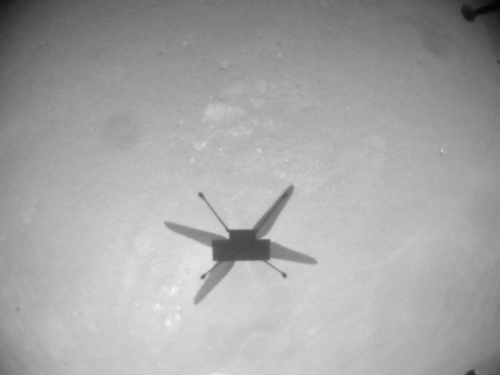Today’s blacklisted American: YouTube shuts down channel that routinely broadcasts Trump rallies

No first amendment allowed at YouTube.
Persecution is now cool! One day prior to the July 3, 2021 Trump rally in Florida, YouTube unilaterally suspended Right Side Broadcasting, the channel most well known for live streaming such events.
The suspension was for seven days. YouTube also deleted the channel’s videos from several other Trump events. From Right Side Broadcasting blog announcement:
YouTube has suspended RSBN from live streaming and posting content to their YouTube channel on the eve of President Donald Trump’s Save America rally in Sarasota, Florida.
YouTube has also deleted all of RSBN’s coverage of Trump’s June 26 rally in Wellington, Ohio, along with his June 5 speech to the North Carolina GOP convention.
The videos deleted had several million views.
As is usual for these efforts at censorship, YouTube merely claimed that “The videos contain remarks from President Trump that violate the aforementioned policies and countervailing views on those remarks are not provided.” Of course, YouTube has never demanded any Democrat to provide “countervailing views” during their political rallies, and I am sure the Google-owned video broadcasting service never will.
» Read more

No first amendment allowed at YouTube.
Persecution is now cool! One day prior to the July 3, 2021 Trump rally in Florida, YouTube unilaterally suspended Right Side Broadcasting, the channel most well known for live streaming such events.
The suspension was for seven days. YouTube also deleted the channel’s videos from several other Trump events. From Right Side Broadcasting blog announcement:
YouTube has suspended RSBN from live streaming and posting content to their YouTube channel on the eve of President Donald Trump’s Save America rally in Sarasota, Florida.
YouTube has also deleted all of RSBN’s coverage of Trump’s June 26 rally in Wellington, Ohio, along with his June 5 speech to the North Carolina GOP convention.
The videos deleted had several million views.
As is usual for these efforts at censorship, YouTube merely claimed that “The videos contain remarks from President Trump that violate the aforementioned policies and countervailing views on those remarks are not provided.” Of course, YouTube has never demanded any Democrat to provide “countervailing views” during their political rallies, and I am sure the Google-owned video broadcasting service never will.
» Read more













